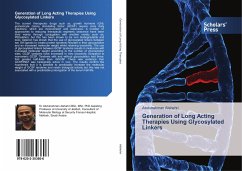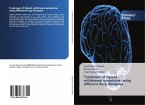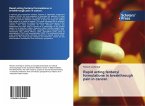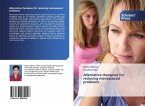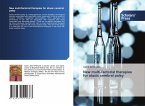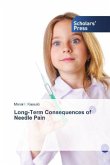The current therapeutic drugs such as, growth hormone (GH), granulocyte colony stimulating factor (GCSF) require once daily injections, which are inconvenient and expensive. A number of approaches to reducing therapeutic regimens clearance have been tried mainly through conjugation with another moiety such as, PEGylation; but this has been shown to be non biodegradable and toxic. Asterion has shown that the use of glycosylated linkers between two GH ligands to create protein tandems resulted in their glycosylation and an increased molecular weight whilst retaining bioactivity. The use of glycosylated linkers between GCSF tandems results in molecules with increased molecular weight according to the number of glycosylation sites. GCSF tandems have increased in vitro bioactivity compared to monomeric GCSF. Tandems with and without glycosylation had three fold greater half-lives than rhGCSF. There was evidence that GCSF8NAT was biologically active in vivo. The results confirm the hypothesis that it is possible to predictably increase the molecular weight of GCSF tandems and retain biological activity but this was not associated with a predictable prolongation of the serum half-life.

